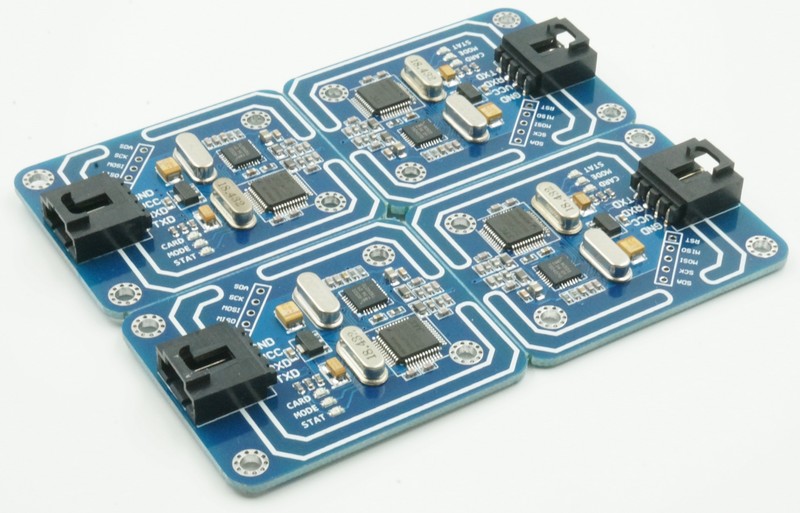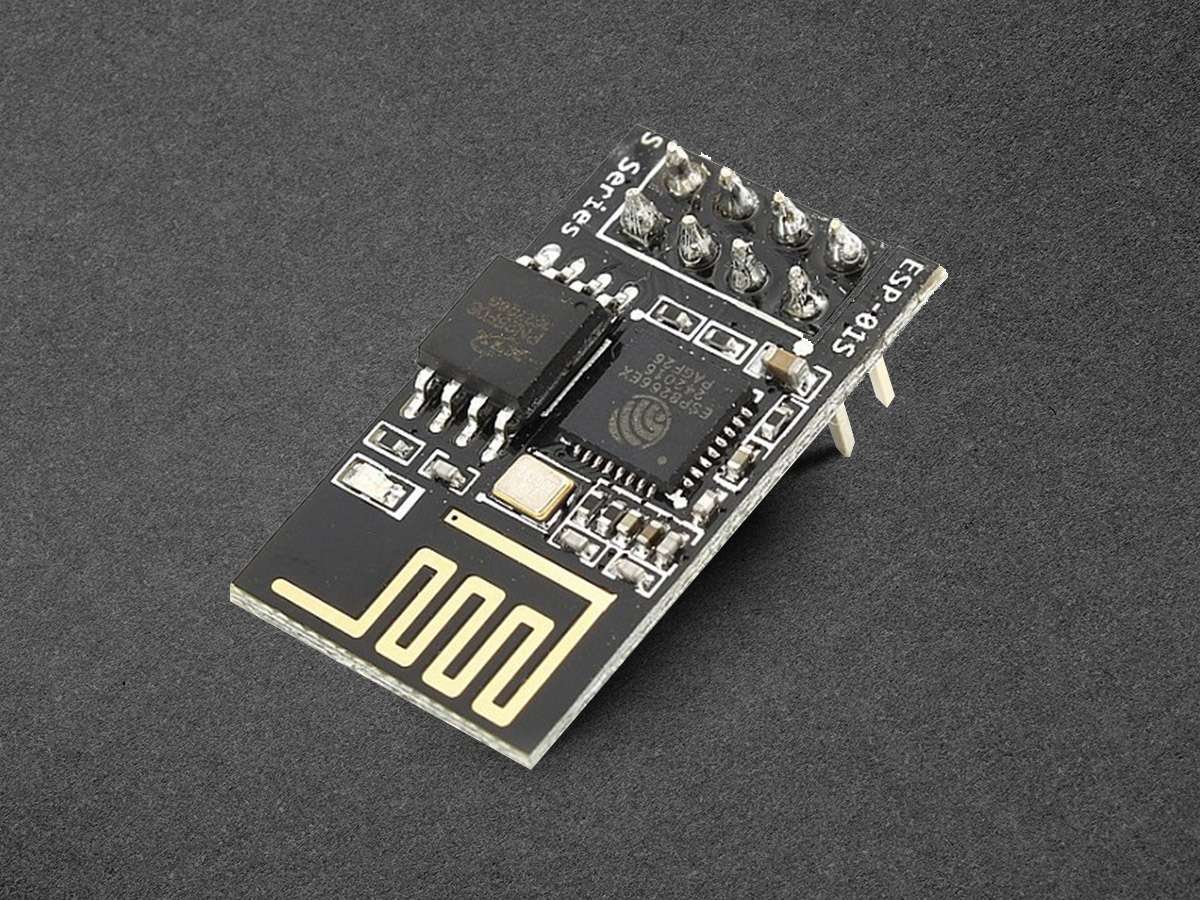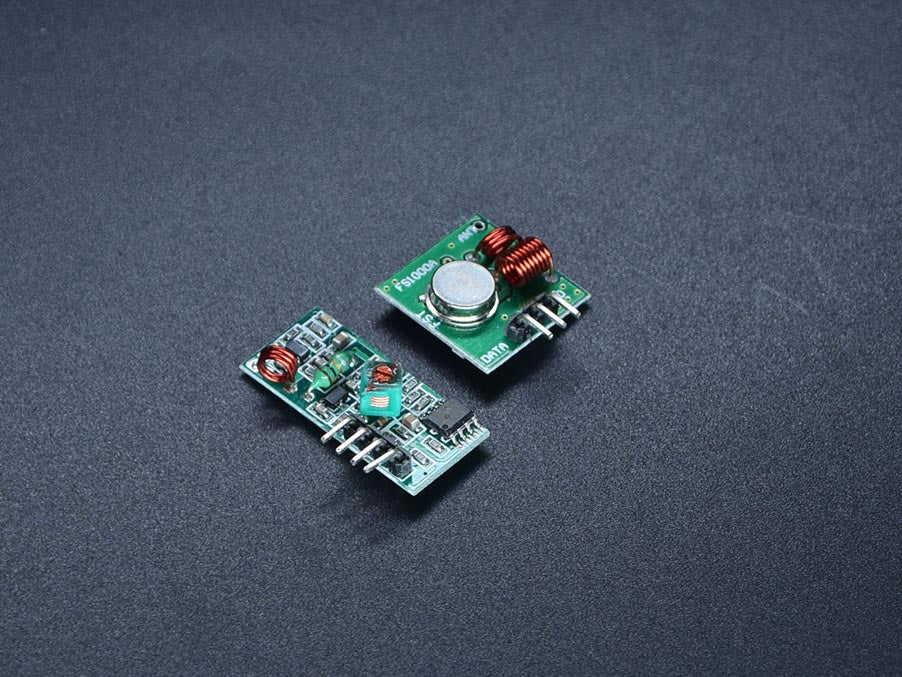How to Choose the Right Bluetooth Module for Your Product
Selecting the ideal Bluetooth module is crucial for any connected device, ranging from smart home appliances to industrial sensors. Your choice directly affects performance, cost, compliance, and user experience. Picking the right Bluetooth module is critical for your device.
How to Choose a Bluetooth Module Based on Range and Data Needs
Start by defining your product’s communication range and data throughput requirements. Bluetooth Low Energy (BLE) provides excellent power efficiency for short-range applications, such as wearables. In contrast, if your product transmits high volumes of data or requires stable connections over longer distances, Classic Bluetooth or Dual Mode might be better suited.
Beyond range and speed, consider interference. In environments with many wireless devices, modules with adaptive frequency hopping reduce signal disruption. Assessing your product’s physical environment early helps avoid technical setbacks during deployment.

Prioritize Power Consumption
Power efficiency is paramount, especially for battery-operated devices. Modules vary widely in energy draw, so pick one that aligns with your product’s duty cycle. BLE modules shine in applications that spend most of their time in sleep mode and transmit only periodically.
Some advanced modules feature deep sleep and auto-wake modes, which optimize power usage. If your product operates in a power-sensitive market, choosing a module with certification for low-power applications enhances credibility.
Assess Compatibility with Your Host MCU
A Bluetooth Module must interface seamlessly with your central processor. This involves checking physical interfaces (such as UART, SPI, and I2C) and protocol stacks. The best-fit module should support your MCU without requiring excessive glue logic or software patches.
Developers often prefer modules with built-in stacks to reduce firmware burden. That way, your team can focus on core product features rather than low-level wireless functions. Compatibility saves time and development costs.

Choose the Right Form Factor
Size matters, especially in compact designs. Modules come in various shapes, from castellated SMT modules to pre-certified plug-and-play units. If your product has strict space constraints, prioritize miniaturized packages.
The form factor also impacts antenna design. Some modules include internal antennas, while others require external components. Consider your enclosure materials as well—metallic casings can significantly degrade internal antenna performance.
Certifications and Regulatory Compliance
You must select a module that meets the proper certifications for your target market. These might include FCC (USA), CE (Europe), IC (Canada), or TELEC (Japan). Pre-certified modules simplify your compliance journey and reduce time to market.
Choosing a module that complies with Bluetooth SIG standards sometimes ensures interoperability with third-party devices. Be proactive here—non-compliant modules can trigger costly redesigns or legal issues.
Consider Firmware Features and OTA Capabilities
The firmware onboard your Bluetooth Modules can add significant value. Look for secure pairing, encryption, beaconing, or mesh networking features. Such options reduce the amount of development needed on your side.
Additionally, Over-The-Air (OTA) update capability enables long-term maintainability. If you plan to scale your product, this is a must-have feature. OTA-ready modules allow you to fix bugs or add features post-deployment, reducing recalls and user frustration.

Evaluate Vendor Support and Supply Chain Stability
Technical support is often the silent hero behind successful product launches. Select a module from vendors known for strong documentation, sample code, and community engagement. Fast access to design support accelerates the prototyping process.
Equally important is supply chain reliability. Check for lead times, EOL policies, and availability in your region. A high-performing module isn’t helpful if it’s constantly out of stock or discontinued midway through production.
Making an Informed Bluetooth Module Decision
Choosing the right Bluetooth Module is more than comparing spec sheets. It requires balancing technical needs, market expectations, and future scalability. Each decision—from range to compliance—impacts how well your product performs and survives in the market.
A brilliant selection streamlines development and enhances product value. Whether you’re building a fitness tracker or an industrial sensor, investing time upfront to pick the best Bluetooth Module pays off in long-term success. Let your module choice amplify—not limit—your innovation.







